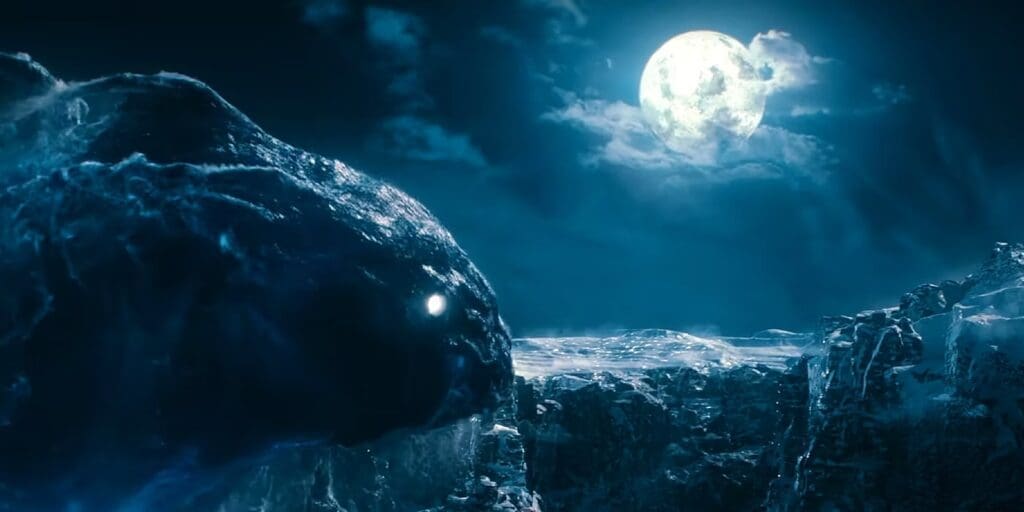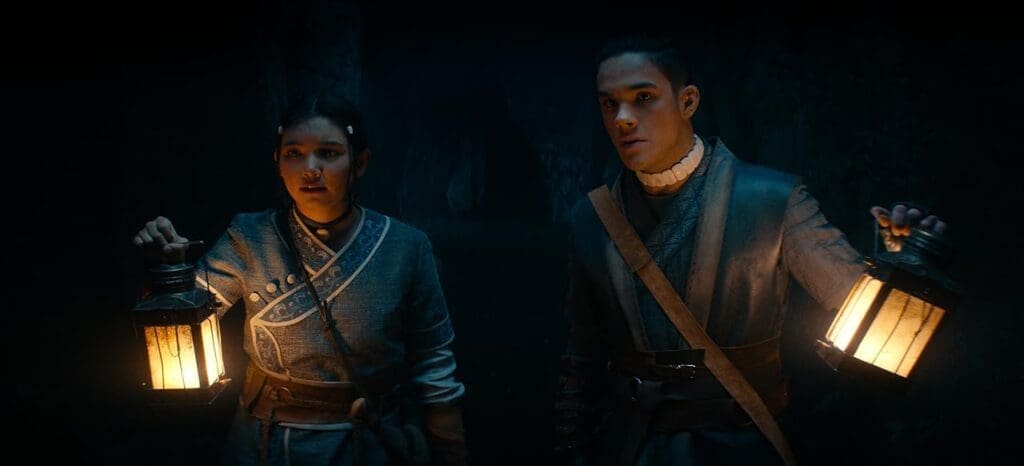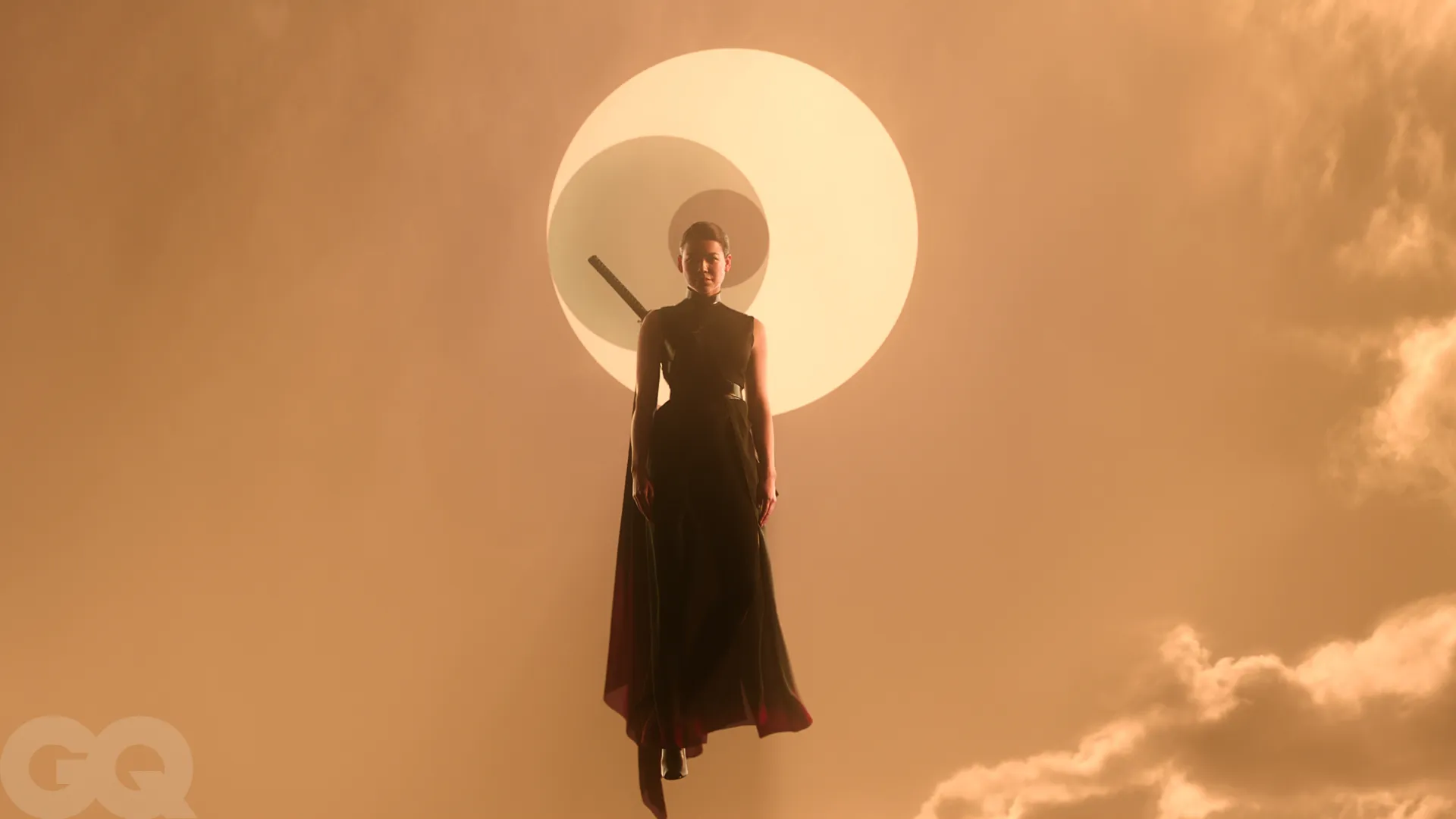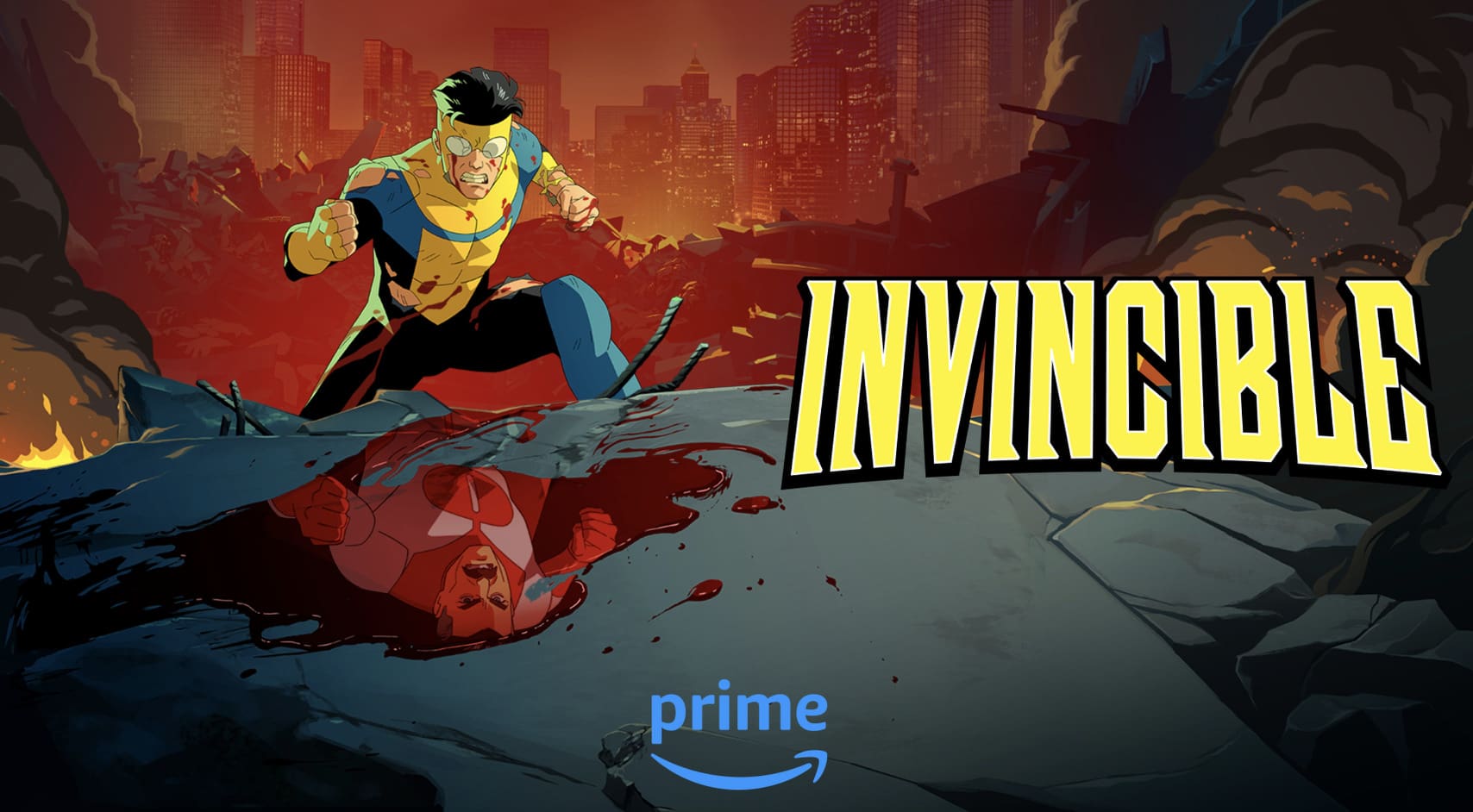Note: All Amazon and Apple TV links on this post are affiliate links. If you buy anything on Amazon or Apple TV through the links on this post (not just items from this post), Amazon and/or Apple will pay me some coffee money (at no extra cost to you), which I promise to drink while creating more helpful content like this. All opinions on this site remain my own.

Where to Watch:
Last week, Netflix dropped its live-action series adaptation of Avatar: The Last Air Bender. And you know what? It was actually good. Sure, there were some issues with the story, but overall, Netflix did a decent job.
The Good
One of the biggest concerns I had about Netflix’s Avatar Live-Action adaptation was how the show’s elemental bending would look and feel. However, to my surprise, Netflix did good job at pulling it off. Most of the bending scenes were realistic and quite faithful to the Avatar animated series. But more importantly, it was so much better than anything from the 2009 Avatar live-action movie.
Scenes like Katara’s (Kiawentiio Tarbell) infamous water bending duel with Master Pakku (Adolph Martinez) were impressive. And the show’s overall fire, earth, and air bending were also mostly clean. I was particularly impressed by the effort Dallas Liu (Zuko) put into the martial arts aspect of fire bending, as it really helped sell his character’s unique Fire bending style.

However, the genuine work of art came in the finale, where Aang bonds with the ocean spirit and cuts loose on the Fire Nation navy. I still can’t believe that Netflix did the scene so much justice and brought in that much realism. The Netflix’s Avatar finale was epic.
But in terms of story, I think the Red Streamer’s Avatar adaptation was … Ok.
I typically judge adaptations based on how well their changes and additions flow with the original plot. And despite some issues, Netflix’s Avatar adaptation expands on some aspects of the original story in ways I really appreciated.
The flashback introduction in episode 1 was awesome, as it expanded on the Air Bender’s massacre. I enjoyed seeing Fire Lord Sozin’s tactic of misleading the rest of the world just before launching his attack on the Air Nomads. I know most Air Benders in the OG story were pacifists who were violence adverse, but it was cool seeing them face the Fire Benders before succumbing to their fate.
The Netflix adaptation was also great at expanding the story arcs of major characters.
One of the show’s best scenes comes during Lu Ten’s funeral, where Zuko sits with his uncle Iroh during one of the worst moments of his life. Not only was the scene great (because it shows how Iroh and Zuko became so close), but it was so touching to hear “Leaves From the Vine” as the background theme of the episode.
Even Ozai (Daniel Dae Kim) and Azula’s (Elizabeth Yu) expanded stories were interesting. I liked that the show took the time to show The Fire Lord’s twisted relationship with both of his children. And though I still prefer his duel with Zuko from the animated series (it was more intimidating and emotional), I appreciate the Netflix version because it explains how Zuko got the crew of his ship.
Azula’s insecurities were also a welcome addition. Seeing her fight for her father’s approval was a great way to establish the source of her inevitable mental breakdown. And let’s be honest, Ozai would definitely use one child’s struggles to manipulate the other into doing his bidding.
Switching over to Team Avatar.

The visual effects and CGI on Appa and Momo were fantastic.
As always, Sokka (Ian Ousley) was fantastic as Team Avatar’s comic relief, and I also enjoyed his quest for love and purpose this season. However, I don’t get why the Netflix show took away his ice-dodging feat, as it was essential in showing Sokka’s natural leadership skills.
But let’s talk about the Avatar himself.
Gordon Cormier was great as Aang, and he perfectly depicted the Avatar as an inexperienced twelve-year-old kid charged with the responsibility of saving a war-torn world.
I especially loved that Aang faces the direct consequences of his absence as he interacts with the world, and this effect is obvious when he fights his childhood friend Bumi. As the leader of one of the few earth nations left standing, it makes perfect sense that Bumi would have some resentment towards the young Avatar, who has no idea the sacrifices war demands.
I also liked Aang’s mini arc of visiting past avatars for advice, from Avatar Kiyoshi (badass as always) to Roku and Kuruk. And though I had issues with the many storylines the Netflix show sacrificed along the way, it fitted with the story they were telling.
The Bad
One trait of the Netflix adaptation that will quickly annoy most Avatar fans is the random exposition dumps within the story. Throughout the Netflix show, characters just randomly start explaining information directly from the animated series for no reason.
However, the biggest issue I had with Netflix’s Avatar adaptation is how it merges separate stories from book one and even from book two to form an episode. I understand they did this to save time in an eight-episode live-action series, but the results were mixed (especially when compared to the original work).
In some cases, the story merging worked, like how they skipped Zuko’s Agni Kai with Admiral Zhao and merged it with their final fight at the end of the Northern tribe invasion. They even changed Iroh’s intervention in the original fight to him, killing Zhao instead (which some people may or may not like).
But in many cases, merging stories made a mess of the original work, with the most egregious example coming in Episode 5 (Spirited Away) and Episode 6 (Masks).
Within these two episodes, the Netflix show crams three isolated stories into one continuous plot point. The stories of The Spirit Realm, Aang meeting Avatar Roku for the first time, and The Blue Spirit, all conflicted with each other and led to ridiculous results.
I mean, it seems unbelievable that Aang had enough time to travel to the Fire Nation to meet Avatar Roku, get captured by the bounty hunter June, get collected by Zuko, then get recaptured by Admiral Zhao, then get rescued by Zuko as the blue spirit, save Zuko from Zhao and discuss their shared trauma, and still have enough time to return to the spirit realm to save Katara and Sokka before Koh stole their faces.

Another mixed storyline I wasn’t a fan of was the Omashu episode. Jet is a character whose story deserved its own space to show how the 100-year war had turned people into extremists. Instead, the show crams his story with a rushed version of The Inventor and Omashu Tunnel storyline.
The Omashu Tunnels story was an important milestone in Aang and Katara’s relationship, and I couldn’t believe the Netflix show wasted it as a comic relief for Sokka and Katara. I’m not against merging related stories, but I feel they can do this without taking away development from the characters.
I feel a ten-episode season could have given the Netflix series room for some of its episodes to breathe and develop. Should it get a second season, the series either needs to increase its number of episodes or strictly focus on adapting Avatar Book Two alone.
Verdict
Netflix's Avatar: The Last Airbender (2024)
Name: Avatar: The Last Airbender (2024)
Review
When it comes to bending, costume designs, and major plot points from Avatar Book One, Netflix’s Avatar: The Last Airbender Adaptation is quite good. The show does a commendable job of bringing these aspects to live-action, while also expanding on certain parts of the original story and adding its unique touch.
But the devil, as they say, is in the details, and the Netflix show stumbles in adapting important side characters and adventures that shape the main cast as they journey to the Northern Water tribe.
P.S. The Sozin’s Comet post credit scene was really good.
Overall
3.7User Review
( vote)Pros
- Great Cast
- Good Elemental Bending CGI
- Decent Adaptation of Major Plot Points in Avatar Book One.
Cons
- Poor Combination of Stories From Avatar Book One & Two
- Forced Exposition Dumps Within the Story.


